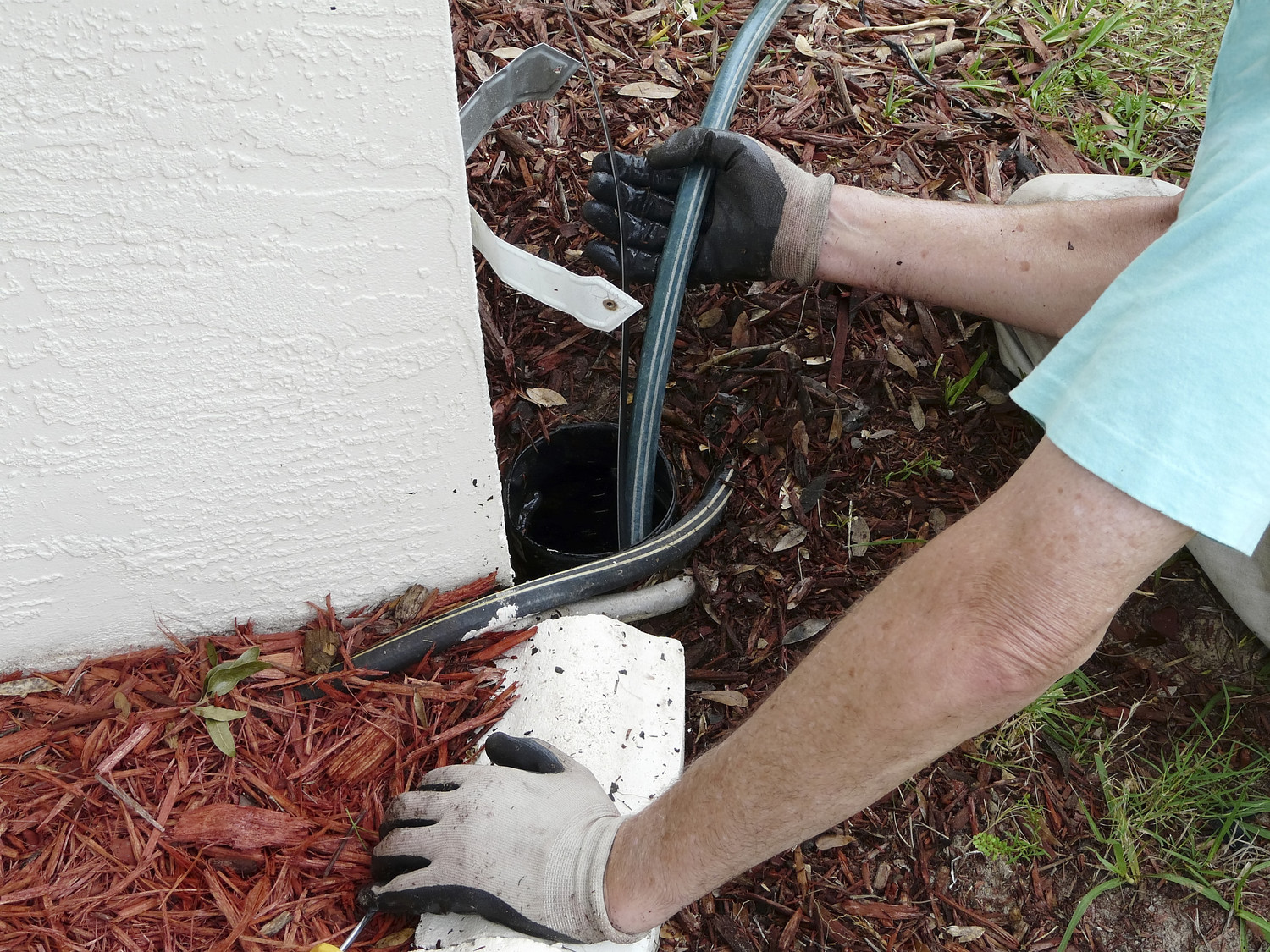Drain rodding is an essential skill for any homeowner or DIY enthusiast. Understanding how to use a drain rod effectively can save you time, money, and prevent the hassle of dealing with a blocked drain. In this comprehensive guide, we’ll explore everything you need to know about drain rodding, from the basics of how to use drain rods to advanced techniques for clearing stubborn blockages. Whether you’re a seasoned pro or a complete novice, this article will provide valuable insights and practical tips to help you tackle drain blockages like a pro.
Understanding the Basics of Drain Rodding
What is drain rodding?
Drain rodding is a method used to clear blocked drains and pipes. It involves using a series of rods, typically made from a highly flexible material, which are screwed together and fed into the drain to dislodge and remove blockages. The flexibility of the rods allows them to navigate the twists and turns of drainage systems, making them an effective tool for clearing blockages caused by debris, grease, fat, and other obstructions.
Choosing the Right Equipment for Rodding
Selecting the right kind of rod is crucial for effective drain clearing. A highly flexible drain rod is best suited for navigating bends and adapting to different types of structures within the drainage system. Additionally, attachments such as a plunger or a corkscrew can be attached to the rod to help break up and remove stubborn blockages.
Are drain rods flexible?
Drain rods are not flexible. They are usually made of rigid materials such as steel or fiberglass. This allows them to be sturdy and strong enough to maneuver through the pipes and clear any blockages. The lack of flexibility also helps ensure that they do not get stuck or bend inside the drain.
What can I use instead of a drain rod?
Instead of a drain rod, you can use alternative tools like a drain auger or a plunger. A drain auger, also known as a plumbing snake, is designed to reach deep into the drain and break up clogs. A plunger can create pressure to dislodge blockages by using suction and force.
How to open a drain rodding point?
To open a drain rodding point, first, locate the access point usually found in the ground or wall. Remove the cover using a screwdriver or other tool, being careful not to damage it. Insert a drain rod or plumbing snake into the opening, slowly rotating it clockwise to dislodge any blockages. Once the blockage is cleared, replace the cover securely.
What is the difference between jetting and rodding?
Jetting and rodding are two methods used for cleaning drainage systems. Jetting involves using high-pressure water to clear blockages and remove debris from pipes, while rodding uses a long flexible rod or auger to break up clogs and push them through the pipe. Both methods are effective, but jetting is often more thorough and can clean larger pipes more effectively.
Are Drain Rods Effective at unblocking drains?
Drain rods can be an effective tool for unblocking drains, especially for minor blockages. They are easy to use and can reach deep into the drain to remove obstructions. However, for more severe or stubborn blockages, professional assistance may be required. It is important to handle drain rods with care to avoid causing any damage to the drains.
Preparing to Rod Your Drains
Safety First: What to Wear and How to Prepare
Before attempting to unblock a drain, it’s important to wear the right safety gear. Gloves and a suitable suit can protect you from harmful bacteria and debris. Locating the blockage is also a key step. This might involve some initial investigation, such as checking the exterior drainage system or using a CCTV survey to pinpoint the problem area.
Locating the Blockage: Tips and TricksTo effectively locate a blockage, start by checking the most common problem areas, such as bends in the pipes or areas where debris is likely to accumulate. Sometimes, the symptoms of a blockage, like slow draining or bad odors, can help you identify its location.

The Step-by-Step Guide to Using Drain Rods
How to Insert the Drain Rod
Begin by screwing together enough rods to reach the blockage. Carefully insert the drain rod into the pipe, using a twisting motion to help it navigate bends and push through any resistance. It’s important to proceed with caution to avoid damaging the pipes.
Techniques for Clearing Blockages
Once you reach the blockage, use a combination of pushing, twisting, and pulling motions to break it apart and clear the pipe. For tougher blockages, attachments like a plunger or corkscrew can be used to provide extra force and agitation.
Troubleshooting Common Issues in Drain Rodding
What to Do When Your Drain Rods Get Stuck
If your drain rods become stuck, don’t panic. Gently twist and pull the rods to try and free them. If they remain stuck, you may need to unscrew sections of the rod or use additional tools to retrieve them.
How to Identify and Resolve Stubborn Blockages
Stubborn blockages may require more than just manual rodding. In such cases, using a high-pressure water jet can help break up the obstruction. If the blockage persists, a professional plumber may need to be contacted for more advanced solutions like excavation or repair.
Advanced Drain Rodding Techniques
Using High-Pressure Water Jets
High-pressure water jets can be an effective way to clear blockages, especially those caused by grease or fat. The force of the water helps to break up and wash away the obstruction, providing a thorough cleaning of the pipe.
CCTV Surveys and Drain Rodding
For complex blockages, a CCTV survey can provide a clear view of the inside of the pipes, helping to identify the exact location and nature of the blockage. This information can be invaluable in determining the best approach to clearing the blockage.
Maintenance and Prevention: Keeping Your Drains Clear
Regular Cleaning and Maintenance Tips
Regular maintenance, such as flushing the drains with hot water or using natural cleaners, can help prevent blockages. Avoid pouring grease and fat down the drain, as these can solidify and cause clogs.
Preventing Future Blockages
To prevent future blockages, be mindful of what goes down your drains. Installing drain strainers can help catch debris, and regular inspections can catch potential problems before they escalate.
Summary
- Drain rodding is a flexible and effective method for clearing blocked drains.
- Choosing the right equipment and understanding the techniques are key to successful drain clearing.
- Safety and preparation are crucial before attempting to rod a drain.
- Stubborn blockages may require advanced techniques like high-pressure water jets or professional assistance.
- Regular maintenance and careful usage can help prevent future blockages.
Mastering the art of drain rodding not only equips you with the skills to tackle common household problems but also ensures the efficient and smooth functioning of your home’s drainage system. With the right tools, techniques, and preventive measures, you can keep your drains flowing freely and avoid the inconvenience of blocked pipes.
Contact Us Today!
Don’t let stubborn drain blockages disrupt your daily routine any longer. Contact us to schedule our expert Drain Rodding service.


